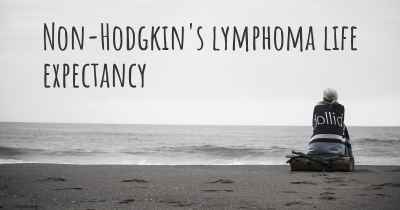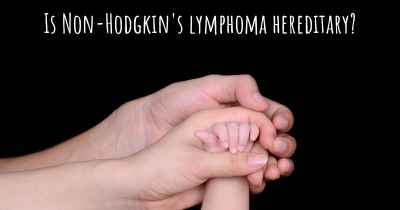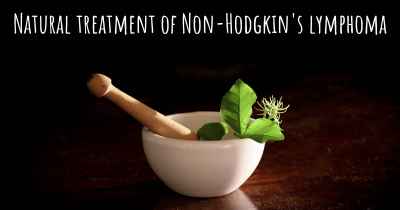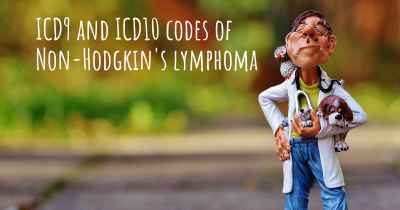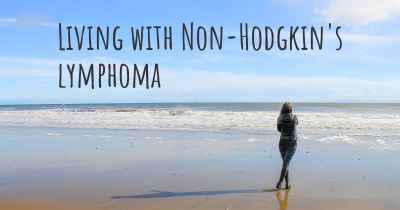Is it advisable to do exercise when affected by Non-Hodgkin's lymphoma? Which activities would you suggest and how intense should they be?
See if it is advisable for people with Non-Hodgkin's lymphoma to practice sports and which ones are the most recommended if you have Non-Hodgkin's lymphoma
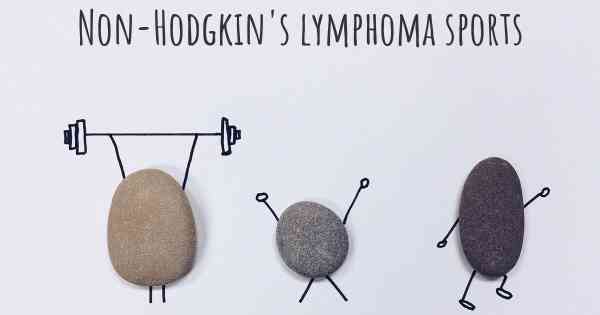
Is it advisable to do exercise when affected by Non-Hodgkin's lymphoma?
Non-Hodgkin's lymphoma (NHL) is a type of cancer that affects the lymphatic system, which is a part of the body's immune system. When diagnosed with NHL, it is natural to have concerns about physical activity and exercise. However, research suggests that exercise can be beneficial for individuals with NHL, as long as it is done under the guidance of healthcare professionals.
Benefits of Exercise for Non-Hodgkin's Lymphoma Patients
Engaging in regular exercise can provide several benefits for individuals with Non-Hodgkin's lymphoma:
- Improved Physical Fitness: Exercise can help improve cardiovascular health, muscular strength, and endurance. It can also enhance flexibility and balance, which are important for overall physical well-being.
- Reduced Fatigue: Fatigue is a common symptom experienced by NHL patients. Surprisingly, engaging in regular exercise has been shown to reduce fatigue levels and increase energy levels.
- Enhanced Mood and Mental Well-being: Exercise has a positive impact on mental health by reducing anxiety, depression, and stress. It can also improve overall mood and promote a sense of well-being.
- Weight Management: Some treatments for NHL can lead to weight gain or loss. Regular exercise can help manage weight and prevent unhealthy weight fluctuations.
- Improved Immune Function: Exercise has been shown to enhance immune function, which is crucial for individuals with compromised immune systems due to NHL or its treatment.
Choosing the Right Activities
When considering exercise options, it is important to choose activities that are safe, enjoyable, and appropriate for your current physical condition. Here are some suggestions:
- Aerobic Exercises: Activities such as walking, swimming, cycling, or using an elliptical machine can help improve cardiovascular fitness without putting excessive strain on the body.
- Strength Training: Light to moderate resistance training can help maintain muscle mass and strength. It is important to start with low weights and gradually increase intensity under the guidance of a healthcare professional or a certified trainer.
- Flexibility Exercises: Stretching exercises, yoga, or Pilates can help improve flexibility, balance, and posture. These activities can also promote relaxation and reduce stress.
- Low-Impact Exercises: If you experience joint pain or have limited mobility, low-impact exercises like water aerobics or tai chi can be gentle on the joints while still providing health benefits.
Exercise Intensity and Safety
The intensity of exercise should be tailored to your individual capabilities and current health status. It is crucial to consult with your healthcare team before starting or modifying an exercise routine. They can provide personalized recommendations based on your specific condition, treatment plan, and overall fitness level.
Here are some general guidelines to keep in mind:
- Start Slowly: If you have been sedentary or are recovering from treatment, begin with low-intensity exercises and gradually increase the duration and intensity over time.
- Listen to Your Body: Pay attention to how your body feels during and after exercise. If you experience pain, dizziness, or extreme fatigue, it is important to stop and rest. Pushing through discomfort can be counterproductive and potentially harmful.
- Stay Hydrated: Drink plenty of water before, during, and after exercise to prevent dehydration.
- Rest and Recovery: Allow your body time to rest and recover between exercise sessions. This is especially important during and after treatment.
- Regular Monitoring: Keep your healthcare team informed about your exercise routine and any changes in your physical condition. They can provide ongoing guidance and make adjustments as needed.
Conclusion
Engaging in regular exercise can be beneficial for individuals with Non-Hodgkin's lymphoma. It can improve physical fitness, reduce fatigue, enhance mood, manage weight, and boost immune function. However, it is crucial to consult with healthcare professionals before starting or modifying an exercise routine. They can provide personalized recommendations based on your specific condition and treatment plan. Remember to start slowly, choose appropriate activities, and listen to your body to ensure a safe and effective exercise experience.
Posted Oct 29, 2017 by claudia 700
